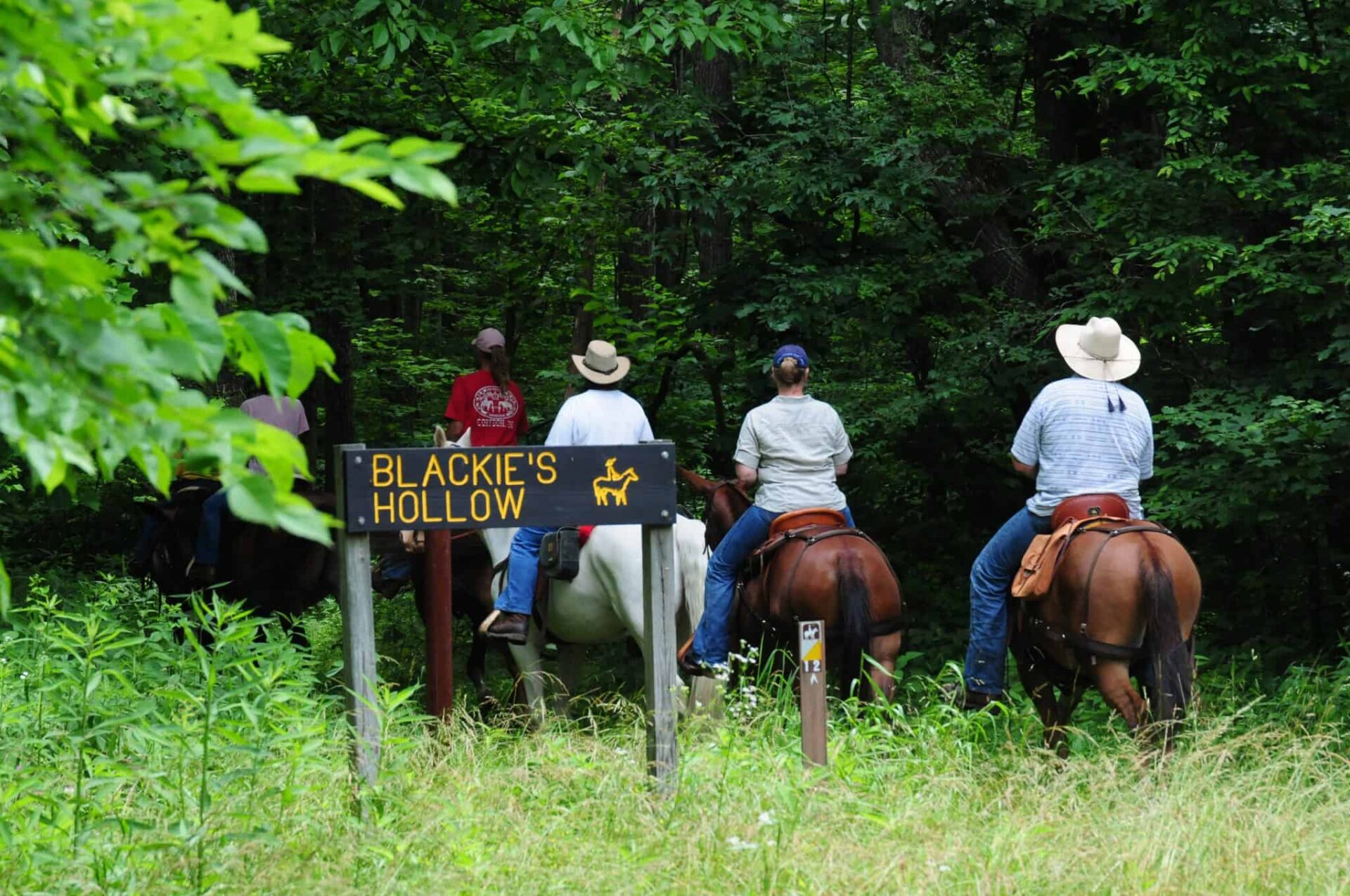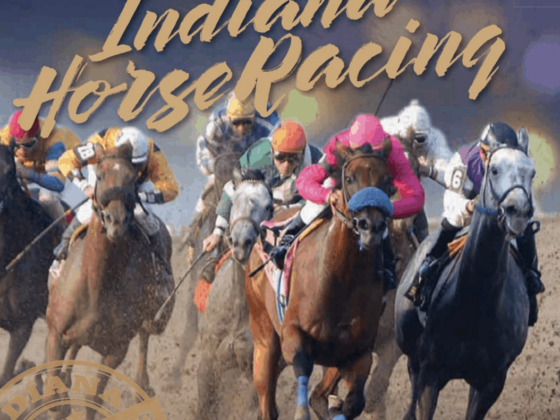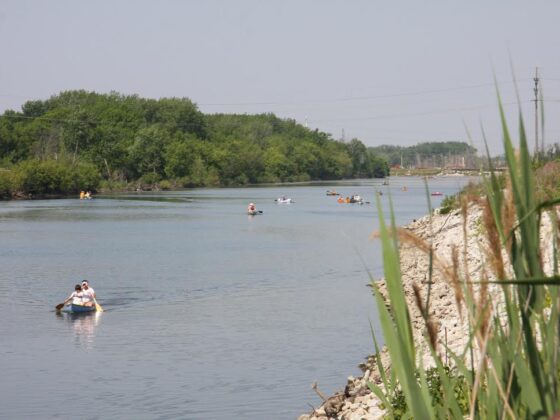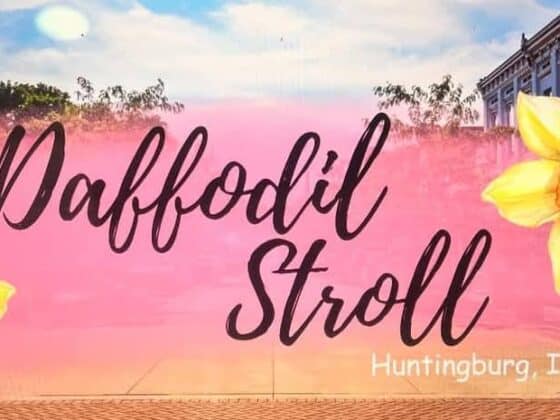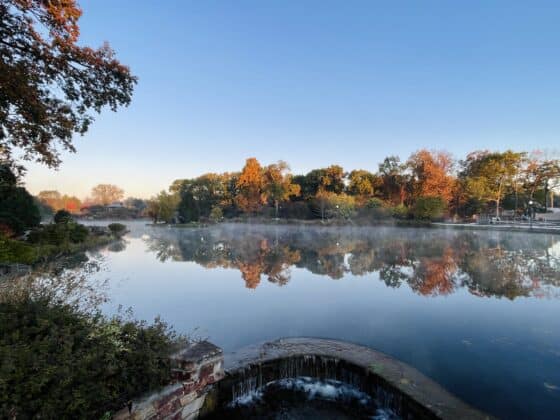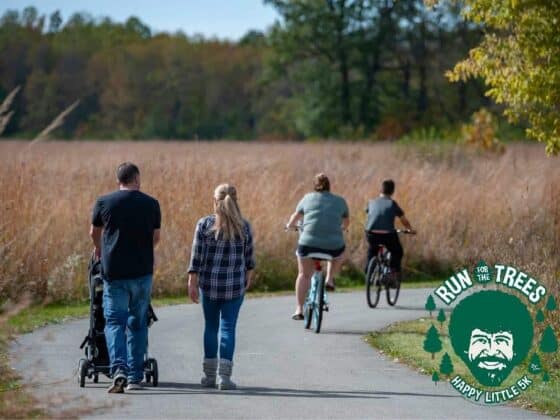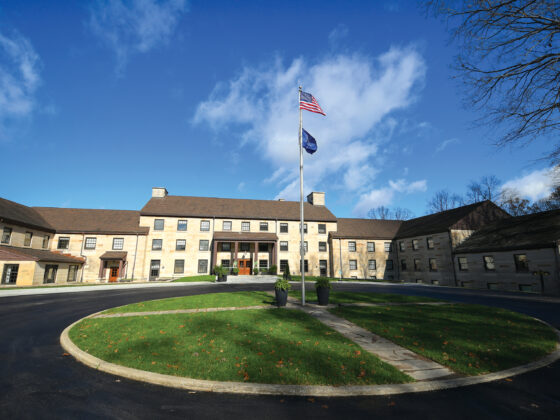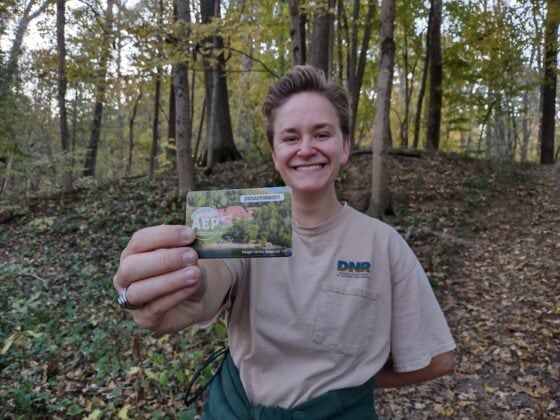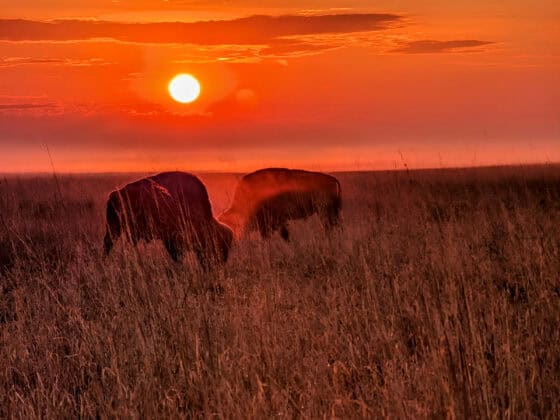About five times a year, Rheba Montgomery drives from her home in Eaton, near Muncie, to O’Bannon Woods State Park to ride horses with friends and family. At three-and-a-half hours to the south, O’Bannon Woods, near Corydon, is about as far as Montgomery could drive and still be in Indiana. But the trails at O’Bannon Woods attract visitors from as far away as Mississippi, Missouri and Wisconsin.
“There’s just a lot of different kinds of trails here,” Montgomery said. “We have a fondness for this place just because of the diversity of the trails…some are real rough and some are big open trails.”
O’Bannon Woods State Park is surrounded by Harrison-Crawford State Forest. Together they form a single complex that comprises almost 35 square miles and offers more than 80 miles of bridle trails. Two horse campgrounds are also available inside the state park.
Whether you are looking to spend a day or a weekend in the saddle, Indiana’s state parks are for you. Horse owners can mount up and escape the real world at eight Indiana State Parks properties, which combine for almost 230 miles of bridle trails.
In addition to O’Bannon Woods, they are Brown County, Harmonie, Potato Creek, Tippecanoe River, Versailles and Whitewater Memorial state parks and Salamonie Lake.
Brown County State Park alone has more than 70 miles. Like O’Bannon Woods, it offers horse riders a backcountry experience, navigating large blocks of unbroken forest on single-track and double-track trails. The roughly 25 miles at Versailles navigate a similar landscape—a collection of forested ridges and secluded creek valleys, limestone rock formations and caves.
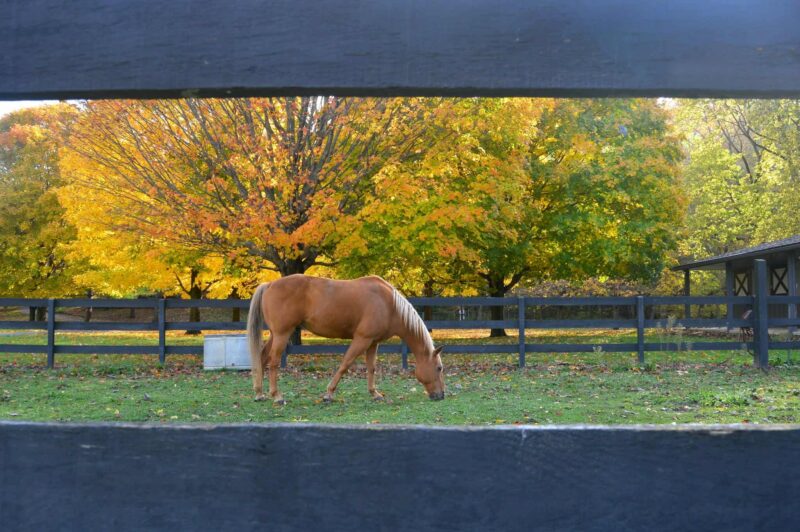 “If you’re from north of Interstate 70, you can hardly realize the state of Indiana can look the way that it does down here,” said assistant property manager Brad Walker.
“If you’re from north of Interstate 70, you can hardly realize the state of Indiana can look the way that it does down here,” said assistant property manager Brad Walker.
At Potato Creek, near South Bend, riders wind through woodlands, wetlands and wide-open prairies that can evoke daydreams of frontier times and windswept western landscapes. The trail system at Tippecanoe River explores the area’s peaceful sand hills. Indiana’s state forests are another destination for equestrian recreation.
The aforementioned Harrison-Crawford as well as Clark, Greene-Sullivan, Jackson Washington, Owen- Putnam, Pike, Salamonie River and Yellowwood state forests all offer bridle trails. So does Deam Lake State Recreation Area, which is managed by Clark State Forest.
Many of the trails on public ground in Indiana were built and are maintained through volunteer labor by a group of dedicated equestrians called the Indiana Trail Riders Association, intrailriders.org.
“Many hands make light work,” Walker said. At state park properties, horse riders might encounter hikers. But you won’t have to share the trail with mountain bikers. Where mountain biking is allowed, cyclists have their own separate trail system. Trail riding won’t break your wallet, either.
Riding at a state park or state forest property requires a tag for each horse. A daily horse tag costs $5 and an annual horse tag costs $20. Annual tags are available at state park properties that offer horse riding, or online at innsgifts.com.
Your horse must have paperwork to meet the health requirements determined by the Indiana State Board of Animal Health. The fee for the horse tag does not include the vehicle admission fee at gated properties, which is an additional $7 per in-state vehicle or $9 per out-of-state vehicle.
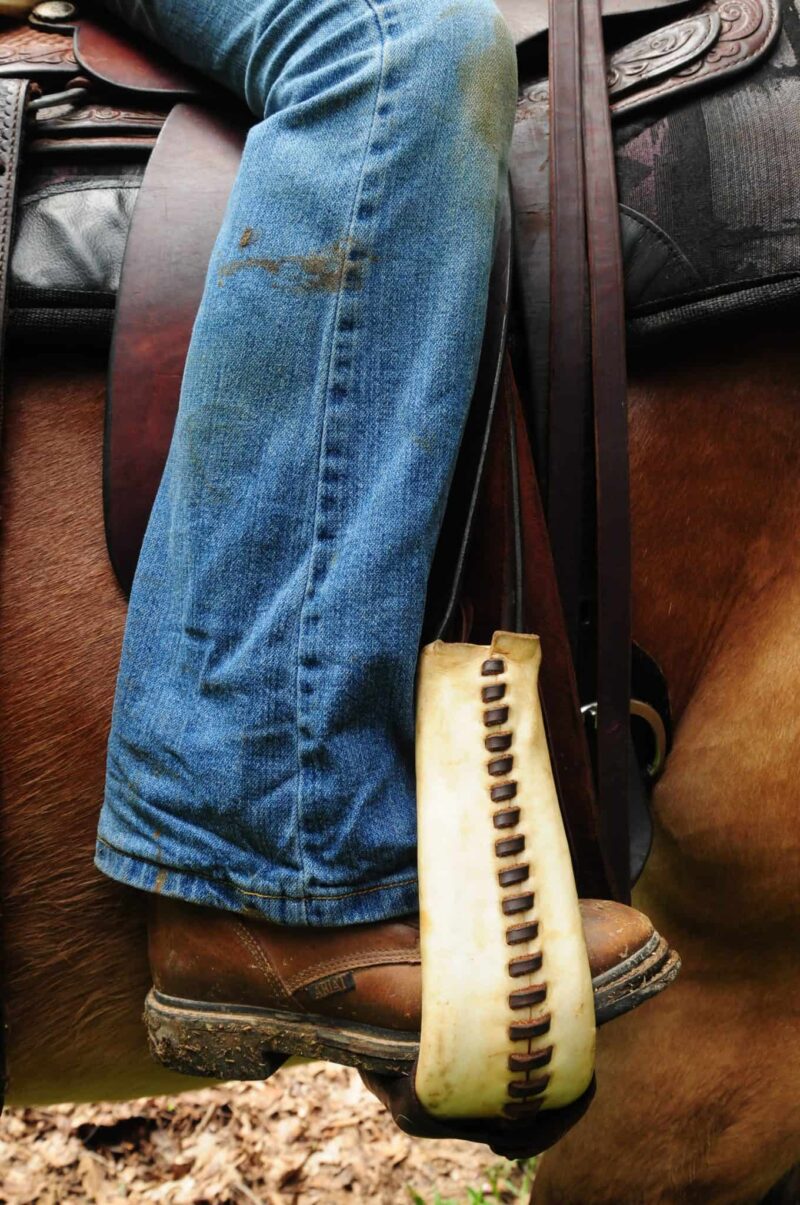 Information is at stateparks.IN.gov/5057.htm. At many parks and forests, the trail system is too large to explore in a single day. Fortunately, those properties offer campgrounds specifically for horse riders.
Information is at stateparks.IN.gov/5057.htm. At many parks and forests, the trail system is too large to explore in a single day. Fortunately, those properties offer campgrounds specifically for horse riders.
Horse campgrounds are available at Brown County, O’Bannon Woods, Potato Creek, Versailles, Whitewater Memorial, Tippecanoe River and Salamonie Lake. Combined, they offer 516 sites from electric to non-electric to primitive. Rates range from $15 to $36.
In recent years, several campsites at Whitewater Memorial were upgraded to “electric.” That property now offers 10 electric sites and 27 non-electric sites in its horse campground. Electric and primative sites offer a picnic table, fire ring, parking spur, drinking water in the area and modern restrooms and showers. Electric sites also offer an electrical hookup. Unlike non-electric sites, a primitive site does not have access to showers or modern restrooms, but do offer a pit-toliet.
The horse campground at Versailles opened in 2016. With nine primitive spots, it’s the smallest facility of its kind in the state. But Walker said the sites are spacious and popular with those who’ve used them already.
Deam Lake is the only property owned by the DNR Division of State Forests that offers electric sites in its horse campground. Horse campgrounds at Clark, Greene Sulllivan, Owen-Putnam, Pike, Salamonie River and Yellowwood state forests are all primitive.
Campsite reservations for all state parks properties and for Deam Lake SRA can be made online at camp.IN.gov or by phone at (866) 622-6746.
Camping at all other state forest properties is available on a first-come, first-served basis. All DNR equestrian campsites can accommodate up to six horses. No horse? No problem. Brown County, Fort Harrison, McCormick’s Creek, Pokagon, Turkey Run and Whitewater Memorial state parks all offer a saddle barns where visitors can essentially rent a horse. The saddle barns are operated by independent contractors who offer guided trail rides, pony rides and hay rides.
Most saddle barns have a minimum age for horseback riding. Minimum ages and prices vary by site. Detailed information is at stateparks.IN.gov/3055.htm.
O’Bannon Woods doesn’t have a saddle barn, but it does have an equestrian attraction that other parks don’t offer—three designated trails for wagons, carriages and other horse-drawn vehicles. Park staff even get in on the wagon drive, patrolling by buckboard three to four times a week.
This horsing around, combined with the remoteness and the southern hospitality of the staff, perpetuates an old-time feel. Even portions of some of the trails are old, according to property manager Bob Sawtelle.
“A lot of those county roads that were there from the 1700s—national roads, trade roads, peddler routes—and then on through the 1800s and early 1900s are now our horse trails,” Sawtelle said. The atmosphere, attractions and accommodations are what keep riders like Montgomery coming back year after year, no matter how far the drive.


